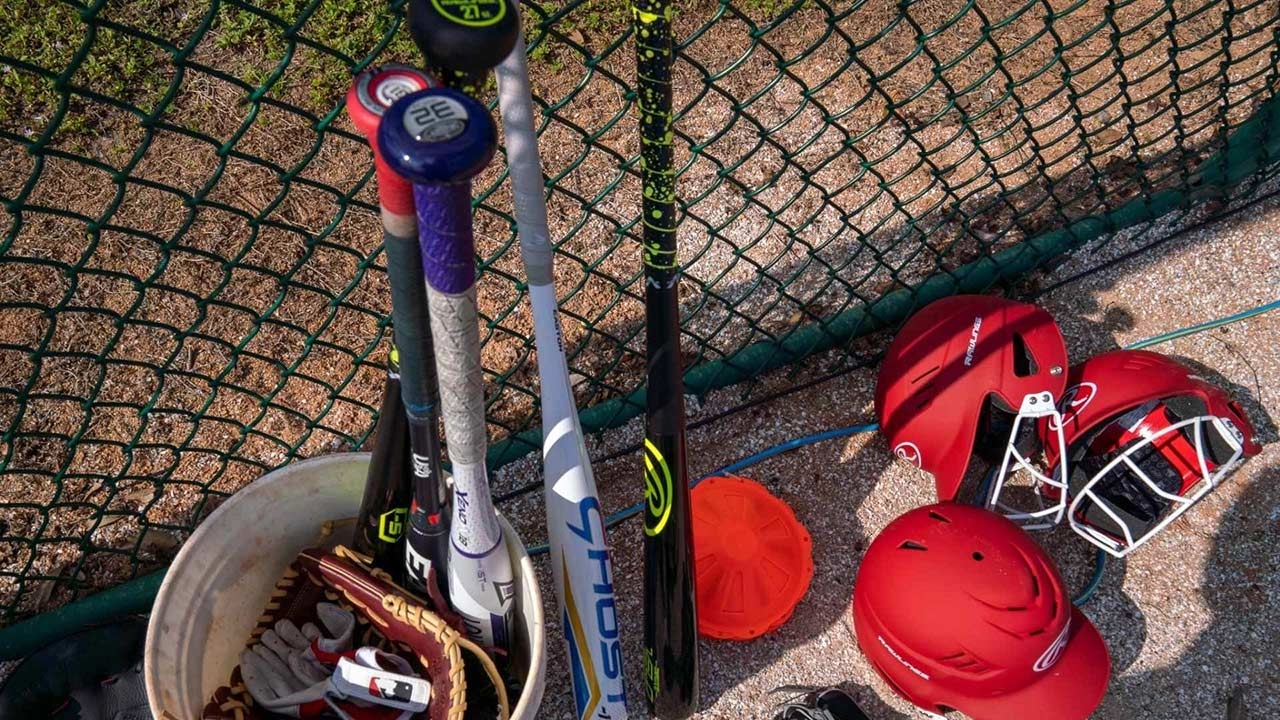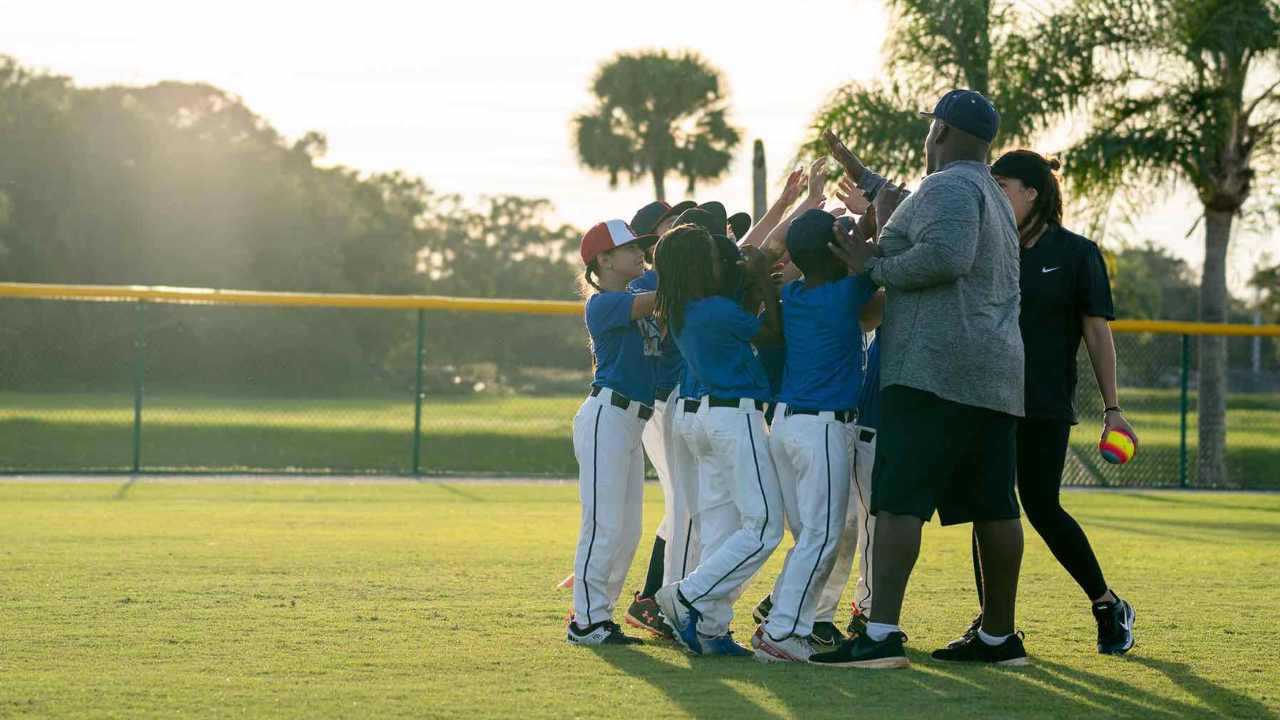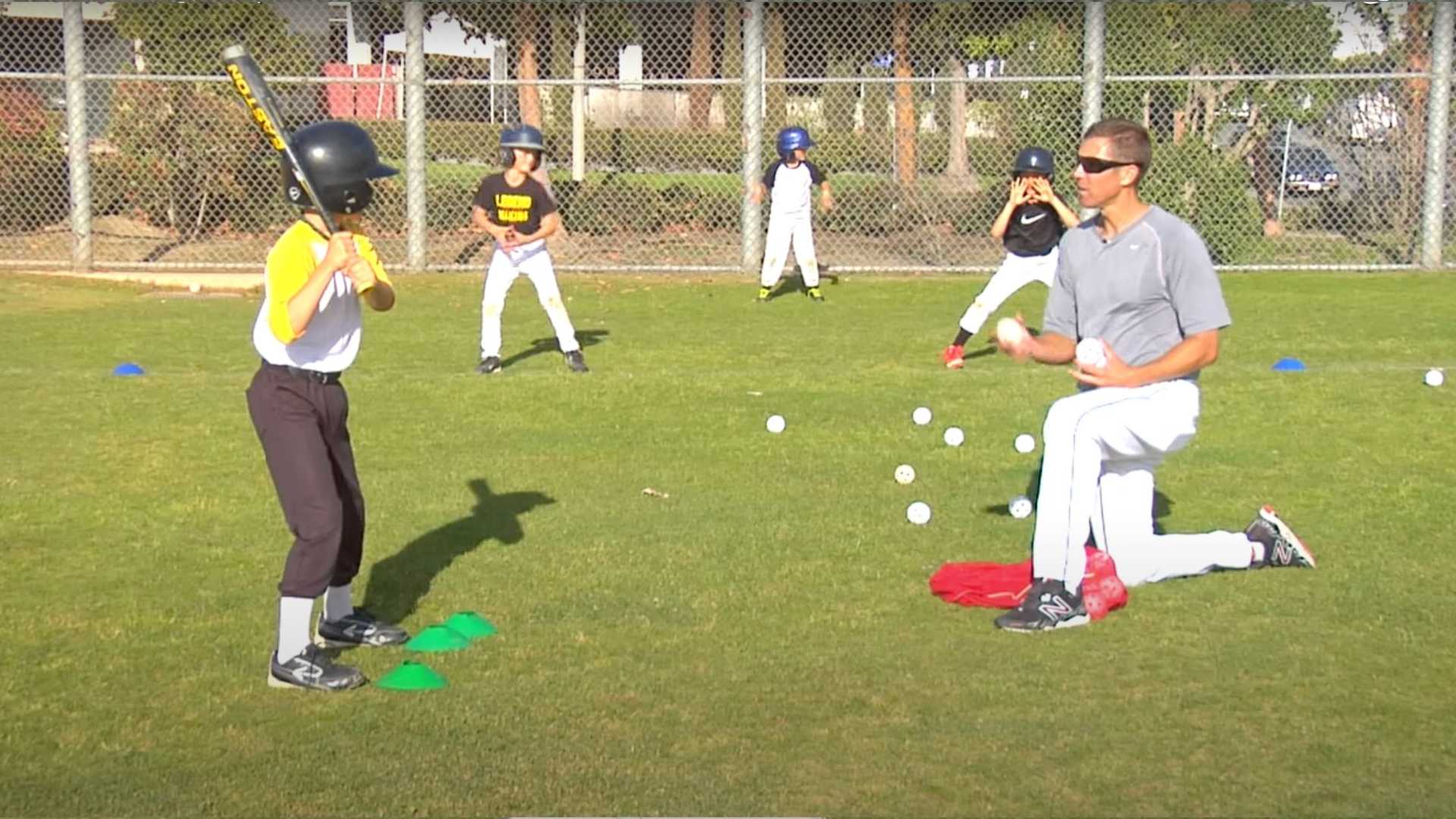9 Youth Baseball Practice Essentials
What youth baseball coaches need to get started—and keep going
Keren Gudeman
| 3 min read

What exactly does a youth baseball coach need in their bag of tricks?
A few things you might not expect.
Ken Willis, a former Division I baseball player and co-founder of Willis Sports Association RBI, in Vero Beach, Florida, coaches kids as young as age 2 in tee-ball, baseball and softball. With over 20 years of playing and coaching experience, Willis shares helpful practice essentials for the new baseball coach.
A plan
Willis’ top recommendation? Coaches need a plan. Coaches—especially former players— may feel they can rely on instinct, repeat activities they did as players or simply wing it. But having a plan, with some built-in flexibility—i.e. a Plan B and even a Plan C—is essential for new coaches.
An encouraging, positive attitude
Willis says that baseball is a “sport of failure.” If a batter misses 7 out of 10 times at bat, they still bat .300 — which is a success! This means that at practice, a coach needs to be the energizer and uplifter, because players – especially beginning players – will miss the ball a lot.
Balls
Get more than you think. Most coaches start with 24-36 baseballs and another bag or bucket of plastic or foam training balls.
Bats
Coaches should have two or three bats on hand. But more importantly, they should have the correct size and material based on the size and age of their players.
Tees
In addition, having one or two batting tees allows players to practice hitting without a pitcher. Tees allow coaches to break down the batting process, focusing on each skill, like grip, footwork or swing.
Batting helmets
A key piece of safety equipment, batting helmets protect a batter from errant pitches. Coaches should have a few — say, five — helmets on hand. Heads up! There are a variety of helmets, and one size does not fit all. For example, beginner youth players can use open-faced helmets safely because pitches are slower. As players age, their helmets need to protect more of their head and face and may have a face or jaw guard.
Thrown-down bases or cones
If possible, a team should have a set of throw-down bases. Bases help coaches set up a field anywhere. As a back-up, cones can work as bases but they aren’t ideal because they don’t replicate what players will use in a game.
Baseball gloves
Each player needs a glove, which coaches should make clear before the first practice. (Batting gloves not necessary!) In case players forget their own, coaches should have five or six on hand.
Catcher’s gear
Typically, one set is enough — and kids who play catcher often have their own. A complete set includes: a helmet with a face mask, a throat guard, full-length chest protector, shin guards, and a catcher’s mitt. And for boys, a cup.
Fun-to-haves
There’s what you need, and then there’s what can take your practice to the next level—and that doesn’t mean premium training equipment. Everyday dollar store items — hula hoops, beach balls, water balloons, tennis balls — can be used creatively and playfully, to rejuvenate generic drills or bring energy to any practice. Because above all, the goal is to play ball.




